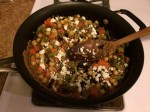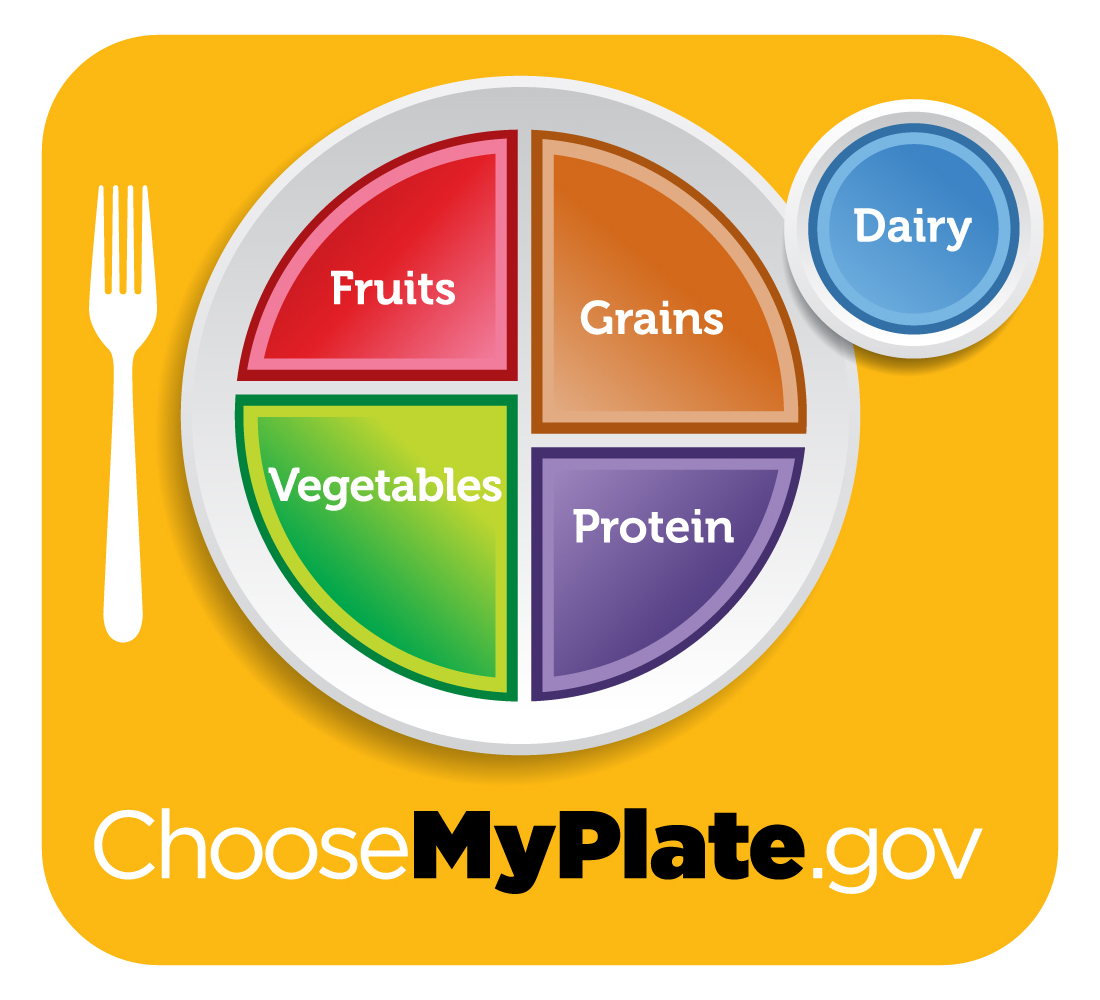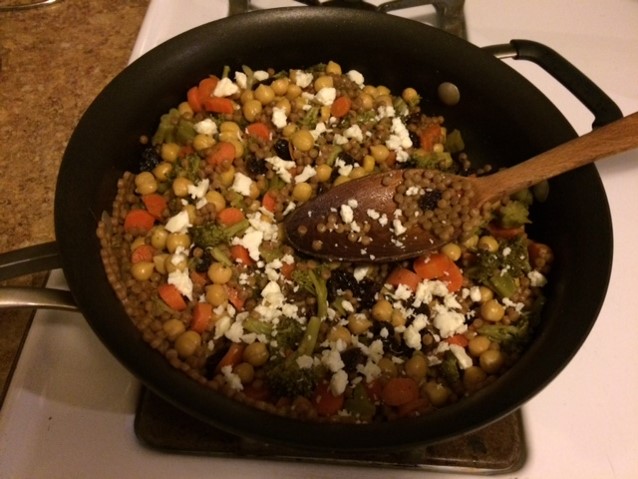When it comes to grain foods, we often hear the nutrition advice to “make half our grains whole grains”. Whole grains contain the entire grain kernel, which includes the bran, germ, and endosperm. Refined grains, on the other hand, have undergone processing and no longer contain their bran or germ. This processing is done to give grains a finer texture and improve their shelf life, but unfortunately it also removes dietary fiber, iron, and many B vitamins. Many refined grains are enriched, meaning certain vitamins and minerals are added back; however, fiber is not added back to enriched grains. Therefore, it is recommended we choose whole grains as much as possible to get the nutritional benefits they provide.
Looking for whole grain options of your favorite grain foods like bread, crackers, cereal, and pasta is one way to make half your grains whole grains. Another way is to enjoy grains that are perhaps not as familiar. The Whole Grain Council provides a list of grains from A to Z and even features a different grain each month with a grain of the month calendar. How many grains on the list below have you tried? If your answer is “not many”, challenge yourself to try a new one this month, or even a new one each month throughout the year.
- Amaranth
- Barley
- Buckwheat
- Bulgur
- Corn
- Einkorn
- Farro
- Fonio
- Freekah
- Kamut
- Kaniwa
- Millet
- Oats
- Quinoa
- Rice
- Rye
- Sorghum
- Spelt
- Teff
- Triticale
- Wheat
- Wild Rice
Whole grains are grown and consumed all over the world. When trying a new grain, you may wish to try a traditional dish from a different county or region to better appreciate the global flavors of whole grains. For example, you could try an Ethiopian Veggie Loaf made with Teff, Algerian Whole-Wheat Couscous with Red Beans and Vegetables, Mediterranean Couscous Salad with Chickpeas, Curried Couscous Salad, Three Sisters Wild Rice Salad, Barley Hoppin’ John, Black Quinoa Asian Slaw or Italian Farro Soup – just to name a few ideas!
Do you have a favorite whole grain or a recipe that uses one of these grains? If so, please share it in the comment section below!
Written by Jenny Lobb, Family and Consumer Sciences Educator, OSU Extension Franklin County
Reviewed by Katie Schlagheck, Family and Consumer Sciences Educator, OSU Extension Ottawa & Sandusky Counites
Sources:
Oldways Whole Grains Council. https://wholegrainscouncil.org/
USDA MyPlate. Grains. https://www.myplate.gov/eat-healthy/grains













 We all know that healthy eating is important, but sometimes it’s easier said than done when hectic schedules and tight budgets get in the way. To achieve your goal, a little bit of thought and planning can go a long way! One strategy is to use
We all know that healthy eating is important, but sometimes it’s easier said than done when hectic schedules and tight budgets get in the way. To achieve your goal, a little bit of thought and planning can go a long way! One strategy is to use  When you take the time to prepare grains, vegetables and protein in advance, it’s easy to throw together a quick weeknight meal. Dairy and fruit can then be added as toppings or side dishes.
When you take the time to prepare grains, vegetables and protein in advance, it’s easy to throw together a quick weeknight meal. Dairy and fruit can then be added as toppings or side dishes.

